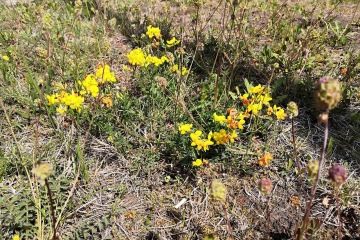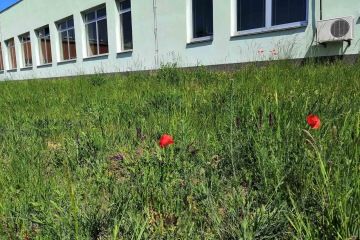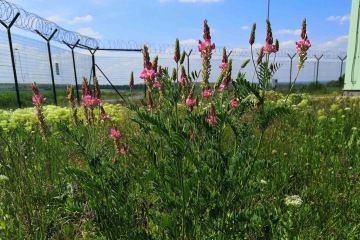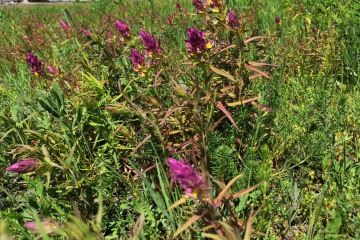
Environmental Protection
We care about the environment and make every effort to protect it
Environmental Policy
As an operator of underground gas storage facilities, our company is committed to minimizing the impact of its activities on the environment in its environmental protection policy.
The Environmental Protection Directive, individual methodological guidelines in the field of air, water, chemical substances and waste management, together with environmental protection objectives, are part of the broader environmental protection framework in our company, which has implemented a non-certified ISO 14001 Environmental Management System.
Minimizing the impact of the company's activities on the environment is based on a preventive approach and proactive action. To achieve our goals in the field of environmental protection and compliance with all legal requirements, one or more persons responsible for meeting the requirements of environmental protection are assigned to each underground storage facility.
Environmental Indices
We place considerable emphasis on air protection. The company mainly emits carbon dioxide (CO2), carbon monoxide (CO), nitrogen oxides (NOx) and methane (CH4) into the atmosphere. The company operates two facilities with a permit to emit CO2, namely UGS Háje and UGS Třanovice.
UGS Třanovice is located in the Moravian-Silesian Region, which suffers from air pollution. For this reason, when the facility underwent major expansion and modernization between 2009 and 2012, we chose to use only state-of-the-art technologies friendly to the environment. In addition, NOx emission limits for newly installed turbines and compressors have been tightened by the authorities from 50 mg/m3 to a mere 30 mg/m3, and in the case of gas heating, from 100 mg/m3 to 80.
The operation of underground gas storage facilities creates only a minimum amount of wastewater as defined by the Water Act (No. 254/2001). This water is biologically treated in our in-house wastewater treatment plants and then discharged into a nearby watercourse. Each wastewater treatment plant has its own emission limits, compliance with which is regularly reviewed by internal audits and the authorities. In some facilities, rainwater is collected and used for irrigation of greenery.
When withdrawing natural gas from underground gas storage, so-called reservoir water is produced by the removal of moisture. This water, classified as mine water by the Mining Act (No. 44/1988), is then re-used and therefore not discharged into the groundwater or surface water.
Our approach to waste management is based on a hierarchy laid down in legislation, i.e. prevent the production of waste as much as possible, then re-use, recycle, and use in other way (e.g. for energy) and as the last resort to dispose of it.
In the course of the operation of underground gas storage facilities and investment activities, a whole range of waste, including hazardous waste, is produced. The company has taken a number of measures to minimize the impact on the environment such as the storage of waste in special containers and tanks, which are regularly tested and monitored by an online monitoring system to prevent leakage. The company has of course also established very specific procedures in the event of an emergency aimed at preventing environmental damage.
Biodiversity
Project Vivid Islands
The aim of the project is the planting of a meadow habitat typical for the given area, as a replacement for the existing grassy areas in the areas of individual UGS.
By planting the original meadow plants, instead of the existing grassland, unique habitats will be created in the landscape, which is marked by human activity. The technological parks of the storage tanks will thus become a suitable place for the life of many animals, from insects to small mammals and vertebrates. This will literally create "living islands", which will be fundamentally different from the rest of the surrounding landscape, and which will be an ideal place to live for butterflies, bees and other animals important for the ecological stability of the surrounding area.
By planting and caring for selected grassy areas, i.e. mowing them only once a year, we will achieve that our premises, so far almost lifeless, will be one living organism.
During the implementation of the project, we cooperated with representatives of the nature and landscape protection agency in order to use the maximum potential of this project.
Maintaining and promoting biodiversity is one of the most important areas for our company that are involved in protecting the environment.
In addition to the above benefits, the frequency of maintenance of grassy areas and thus financial costs will be reduced.



